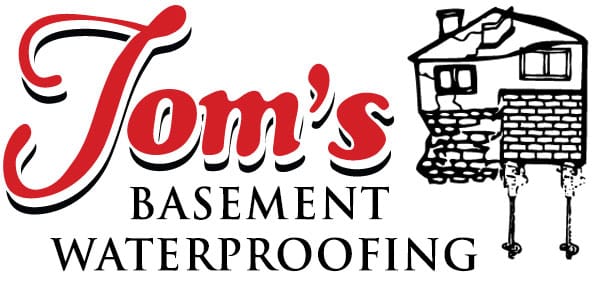Follow these quick Do-It-Yourself tips and check list to use before calling in a professional basement waterproofing company to handle any leaks or cracks. If you are ready to contact us, click here.
Here Are A Few Basement Waterproofing Tips Even The Pros Do:
 Sump Pump Check: Just because your sump pump is pumping water, does not necessarily mean it is working or set properly. The pump should always turn on before the water level in the sump pit has reached the inlet pipe from the home’s drain system. If the water rises too high, this will cause water to seep into the basement, through the floor and walls.
Sump Pump Check: Just because your sump pump is pumping water, does not necessarily mean it is working or set properly. The pump should always turn on before the water level in the sump pit has reached the inlet pipe from the home’s drain system. If the water rises too high, this will cause water to seep into the basement, through the floor and walls.- Storm & Sewer: If your home was built without a sump pump system, check to make sure your main storm and sewer clean outs are free of debris. Look for the clean out caps near the floor on the front wall of the home. Notice if the clean out caps for the main storm sewer system are unscrewed, and check if water is not flowing or within 1 foot of the basement floor. If so, this means the main line is plugged or restricted, and may be the cause of your basement leakage. Having main cleanouts snaked or cleaned using a water jet can inexpensively solve this problem.
- Down Spouts: Check to make sure your down spouts are extended out at least five feet from the foundation and working properly, and your gutters are clean of leaves. This could be another indication of where your basement water is coming from.
- Caulking: Check for caulking around windows and doors. The professionals at Tom’s Basement Waterproofing often see basements that leak because water is entering from around windows of doors, running down and entering into the block walls. Homeowners often think their basement is leaking, when water was entering from above ground all along.
- Mortar Joints: Check for open mortar joints in brick joints or windowsills. This can be fixed through tuck-pointing, which uses two contrasting colors of mortar to corrects any masonry defects. This method may solve some basement leaks for fractions of the cost of a basement water proofing system.
- Pitch Ground: If the soil around the house is not pitched, topsoil may need to be added. Never add soil if it will be higher than the basement windows. This can cause problems with water entering through the windows, or through the bond on the house.
In many cases, leaks and cracks in basement walls can be repaired with minimal cost. Major foundation repair jobs such as wall straightening, bracing, and helical piercing, should be left to a qualified technician. Make sure to utilize these simple maintenance tips around the house and prevent major basement waterproofing problems in the future!
